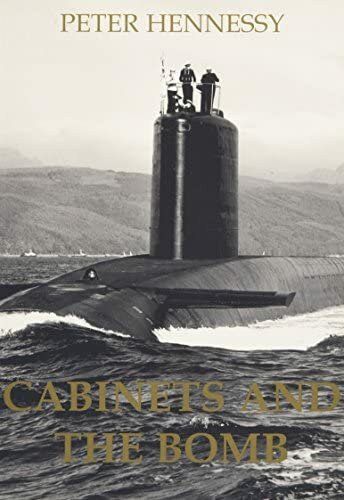- Joined
- 15 July 2007
- Messages
- 4,887
- Reaction score
- 4,552
This really has to stay theoretical.
And really, not just another stale debate on should we have them or not.
But more crucially, how many of what sort?
This likely comes down to two factors.
1. The scale and difficulty of targets
2. The threshold at which a political leadership respects the threat of a certain capacity of certain capability.
Surely the central question is what does it take to Deterr?
Some claim only mutually assured destruction (MAD) will do.
Others suggest significant degradation/weakening is enough.
And really, not just another stale debate on should we have them or not.
But more crucially, how many of what sort?
This likely comes down to two factors.
1. The scale and difficulty of targets
2. The threshold at which a political leadership respects the threat of a certain capacity of certain capability.
Surely the central question is what does it take to Deterr?
Some claim only mutually assured destruction (MAD) will do.
Others suggest significant degradation/weakening is enough.


